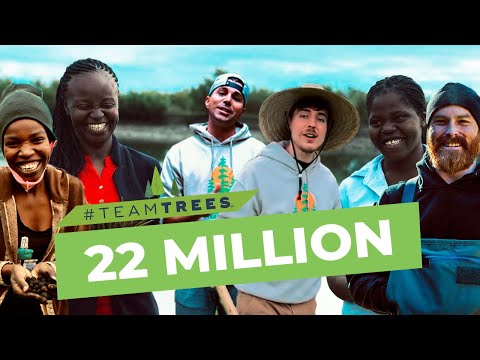An increasingly popular method for offsetting carbon, addressing climate change, and improving air quality is to plant trees. There are many initiatives dedicated to tree planting, but are these programs making a positive impact on the planet, or could they actually be harming the environment instead?
The Bad
Contrary to popular belief, there needs to be careful consideration when it comes to planting trees, such as if the environment suits the type of trees that you want to plant. A tragic example of misplaced tree planting occurred in a swampland in Scotland that was home to a substance called peat.
Peat has a much greater capacity for carbon stores in comparison to trees, so when the peat bog was drained and dehydrated to plant trees, it was kind of like destroying a forest in order to make a garden. Not only that, but destroying a peat bog can actually release the carbon that was stored, making this a very harmful mistake.
A second environmental mishap occurred in the Amazon Rainforest. In an NBC article on the scientific community’s doubts about tree planting initiatives, ecologist Sunitha Pangala, found high levels of methane present in the Amazon Rainforest in reforested areas where flooding is common.
The warming effects of these methane emissions has a high possibility of decreasing their ability to store carbon dioxide. Therefore, planting trees here would have less of a positive environmental impact than expected.
The Good
A well-known tree planting movement in recent years, named #TeamTrees, created by popular YouTuber MrBeast and the Arbor Day Foundation, raised enough money to plant over 20,000,000 trees all over the world until the end of 2022. The #TeamTrees website states that the Arbor Day Foundation emphasizes the importance of planting trees native to the habitat where they are going to be planted, which is reassuring.
However, is there any consideration for the community hosting the trees? Yes!
The Arbor Day Foundation has an in-depth system to prevent illegal logging and gives an incentive to the community to maintain its forests. At least 10% of the trees they plant have an agricultural use, alleviating poverty through creating jobs. Additionally, they hire local planters in the community, thus improving not only air quality but the economy of these communities as well.

How Do We Plant Trees Responsibly?
According to Richard Lindsay, a scientist at the University of East London’s Sustainability Institute, says “Everybody’s saying, let’s plant a million trees, let’s plant a billion trees. Yes, I’m all in favor of that. But let’s plant the right tree in the right place.”
In order to figure out if the organization you’re thinking of donating to is right for you, you need to go in depth into their practices as a company. Do they only plant native species? Are they ensuring that the trees will be preserved after planting? Are they benefiting the community economically? Look for evidence, certifications, and what organizations they partner with in order to support organizations like Arbor Day Foundation and GreenStory.
Is Planting Trees Always The Best Solution?
No–there is more that can be done to decrease carbon emissions than just planting trees. Other carbon offset projects might include solar energy, wind energy, capturing methane from landfills, or replacing less efficient appliances with more energy efficient alternatives.
GreenStory (a social enterprise that helps brands quantify and share their environmental impact) helps connect brands to the best carbon offsetting projects for them. They suggest first measuring an organization’s complete carbon footprint in order to get a full picture of what needs to be offset. They then chose from an intelligent selection of vetted offset projects to maximize community benefits, whether that be renewable energy, more efficient technologies, or yes, tree planting.
A Solution for Brands

For a thoughtfully considered solution we recommend Green Story’s carbon offset program. They’ve done the vetting, development and calculations to create a ready-to-use carbon offset solution tailored to convert your customers by offsetting your supply chain’s emissions. We’ve partnered with our friends at Green Story to offer brands 50% off the base fee for a year, with referral code: EcoStylistCO2.
How to Avoid Greenwashing
One easy way to see if a project is legit is to look at their partnerships and/or certifications. A few options to look out for include UN Global Climate Action, Climate Neutral Now, or Climate Neutral Certified.
You can also see what information they share on their website and what questions they’re asking. The best programs are always transparent about it, so if they’re not providing you with the information you need, message them directly or move on to the next project.
Questions?
Message us in the comments and we’ll get you an answer.

Kit George is a writer at Eco-Stylist. They study English and Creative Writing, Theatre Arts, and Nonprofit Leadership and Philanthropy at the University of Iowa. Kit enjoys fantasy novels, writing short stories and poetry, and Dungeons and Dragons.











